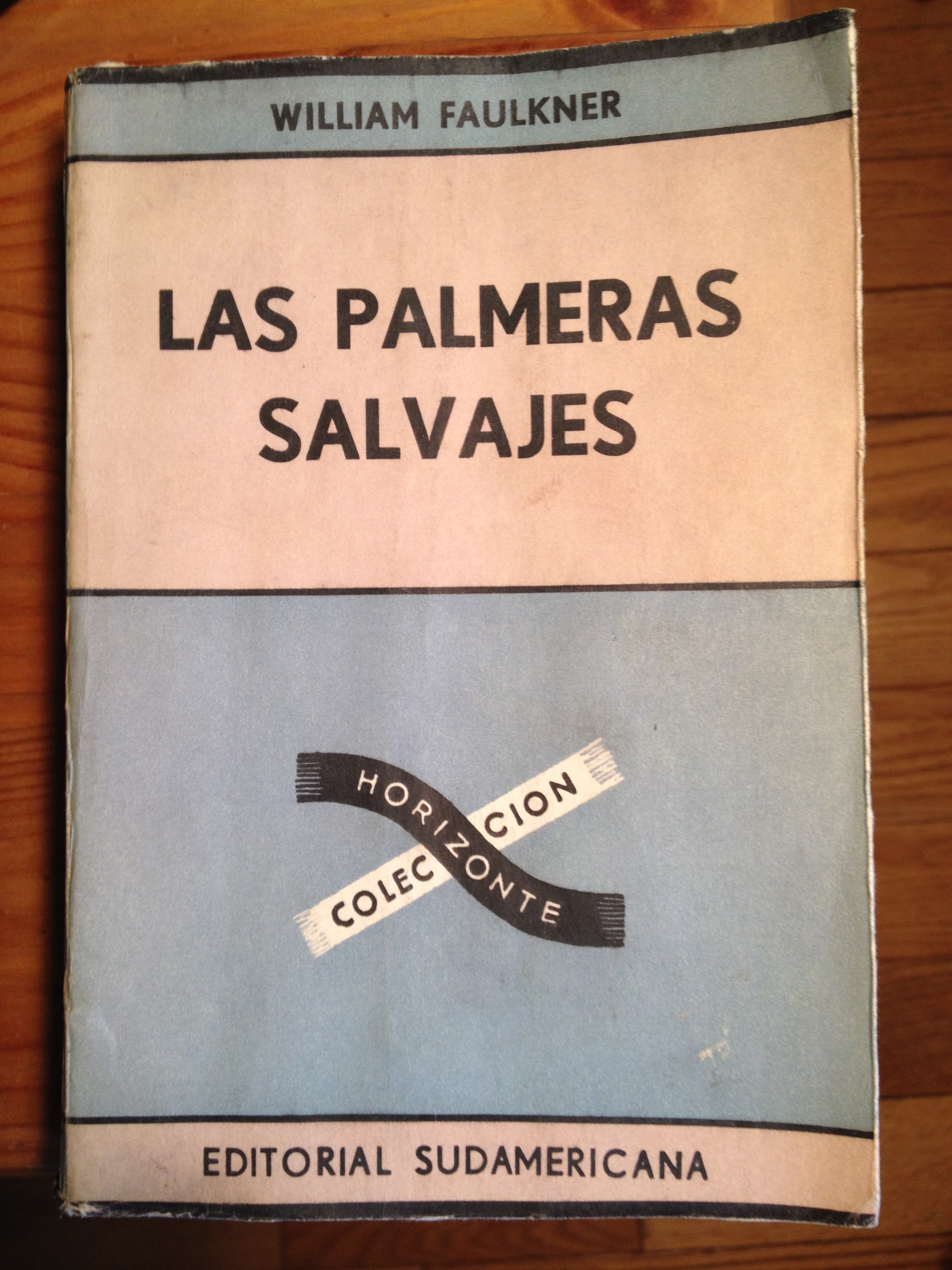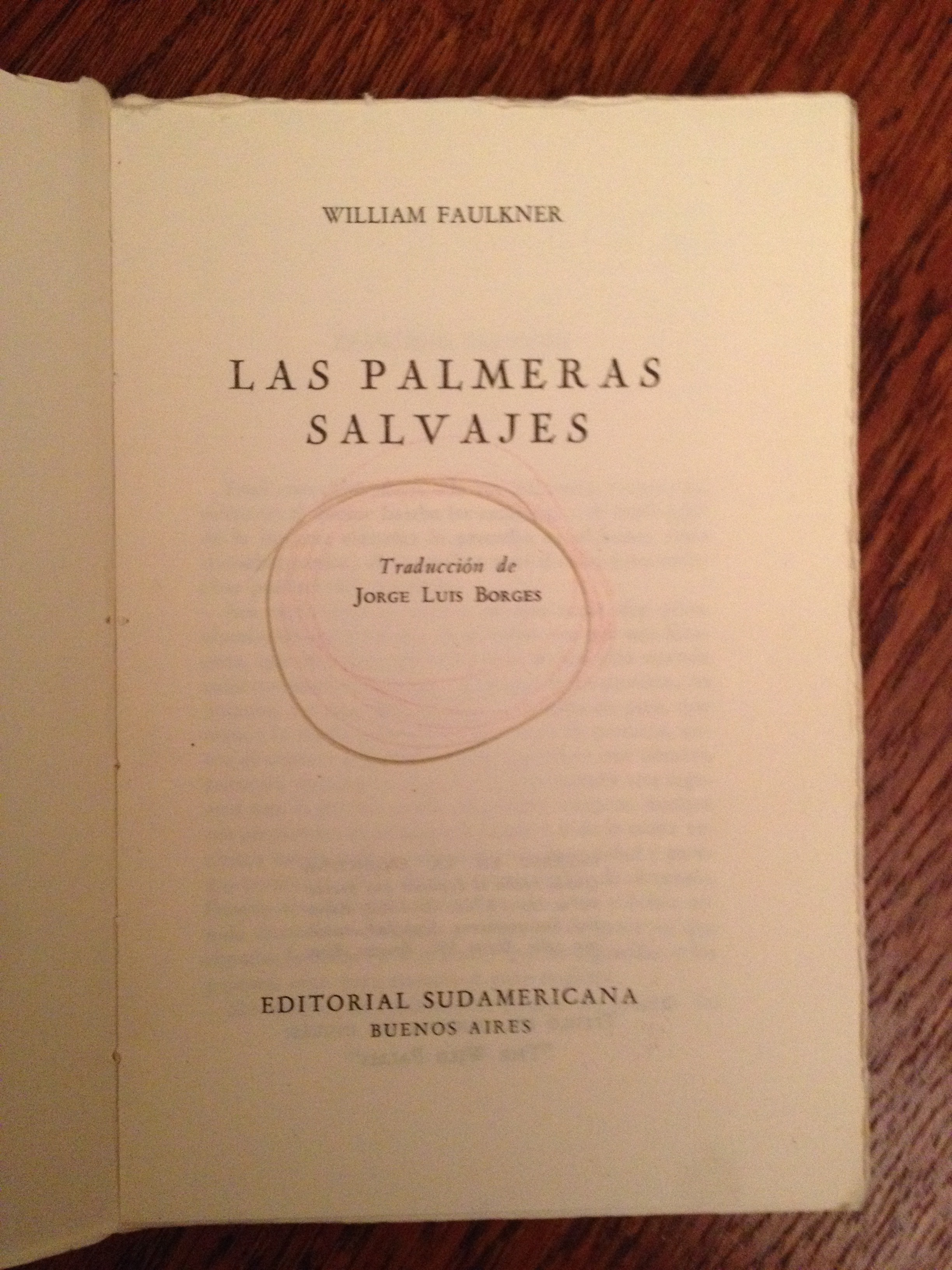My review of Barbara Hardy's book Ivy Compton-Burnett is published in the latest issue of English: The Journal of the English Association.
A Sentence
From the Australian National Maritime Museum. Photographer: Samuel J. Hood Studio Collection.
"The two old men couldn't help smiling, but whereas Farder Coram's smile was a hesitant, rich, complicated expression that trembled across his face like sunlight chasing shadows on a windy March day, John Faa's smile was slow, human, plain, and kindly." - Phillip Pullman, The Golden Compass
Beyond the wonderfully precise simile, note the way that the sentence itself instances the comparison it's making. Look at how much weight is allotted to setting out Farder Coram's smile: It takes longer, it's more complex, many of the words are latinate, polysyllabic, abstract ("hesitant," "complicated," "expression") compared to those for John Faa, whose simpler smile is set out more plainly in shorter, simpler words. So that the sentence makes its comparison acoustically, almost tangibly, as well as visually, and intellectually, and gains force. (It's true that Farder Coram's smile is compared to something you might see and John Faa's is not, which troubles the point a little - but what you might see is hardly concrete. It's ephemeral, passing: light and dark.)
"Sunk into his chair like a grounded ship"
My review of Russell Wangersky's new book The Path of Most Resistance just appeared in Atlantic Books Today.
Why to Write
What I was doing in stubbornly pursuing my work as a writer for thirty years was simply forcing myself to assert a possible human path, a way, an attitude, a delicacy, a subtlety, a gentleness, a dignity.
- Football, Jean-Philippe Toussaint, p.64 (photo: Anna Toussaint).
Upcoming TRB event!
TRB’s Seasonal Affective Party: December 6 at Poetry
The Toronto Review of Books invites you to its first Seasonal Affective Party!
Please join us on December 6th for a very bright night of winterish commiseration and cheer, featuring five-minute readings of new and unpublished work by some of our city’s most talented writers, including Kerry Clare, Andrew Pyper, Trevor Corkum, and Catherine Graham. TRB Managing Editor and novelist Damian Tarnopolsky will be reading too, along with TRB Senior Editor and writer Kelli Deeth.
Stay on after the readings for drinks, music, and glorious TRB community hubbub.
We look forward to seeing you!
December 6, 7pm
Poetry Jazz Café, 224 Augusta Avenue, in Kensington Market
PWYC
How to Write
Not "the cupboard" but "the cold cupboard with its door of blistered paint."
(from an unpublished short story someone just sent to me)
This is kind of great
(The second quotation - I had nothing to do with this, in case you're wondering.)
It's not just a theoretical interest
More on visualizing the shape of narratives
The Lord of the Rings may encourage this kind of thing: a brilliantly detailed drawing of who appears with whom over 9 hours or so in Middle Earth (and in some other movies too).
Borges/Faulkner
Did you know that the great Argentine short story writer and poet Jorge Luis Borges translated the great American modernist novelist William Faulkner's book The Wild Palms into Spanish? Neither did I, but I'm amazed at the connection.
I'm Thinking of Ending Things
I may have been in Elko, Nevada when this happened, but I just found out that the Literary Review of Canada published my review of Iain Reid's brilliant debut novel I'm Thinking of Ending Things in their July/August issue.
Panenka
I'm writing a short story about this:
Because? ... Well, just because.
Here's an excerpt.
Now Managing Editing
Officially announced June 20th, but a fact for the last little while - I am the new Managing Editor of the Toronto Review of Books!
And a recent article for the TRB on our experiences at the Canadian Writers' Summit is here.
It's Really Hard, Writing a Book
I went to the 40th anniversary of the Amazon First Novel Awards, and Partisan published my thoughts about the evening.
How to Draw a Novel, by Martin Solares
I found this while googling "Novel Shapes" (as one does). It gives a lovely introduction to a challenging idea, the visualization of literary structure, mostly using the shapes of certain Mexican novels. There's much more to say here, when it comes to visualizing literary structure - we want to be able to see plot, character, word usage, points of view, and so on! - but Solares's work is a liberating start.
Barbara Moon/Ars Medica Fellowship 2016
Damian Tarnopolsky appointed the Barbara Moon/ Ars Medica Editorial Fellow at Massey College for 2016-2017
We are pleased to announce the appointment of writer, editor and teacher Damian Tarnopolsky as the 2016/17 Barbara Moon/Ars Medica Editorial Fellow at Massey College.
The Editorial Fellow leads a creative writing seminar for students in medicine, nursing, or any of the allied health disciplines at the University of Toronto. The workshop explores writing and reflecting on narratives as a way to improve therapeutic relationships for health practitioners and patients. The Fellow also serves as “editor-in -residence” at Massey College, offering editing consultation and writing mentorship to residents and fellows of the College.
Damian Tarnopolsky previously served as the Barbara Moon/Ars Medica Editorial Fellow in 2014-15. He is the author of two books: the novel Goya's Dog, a finalist for the Commonwealth Writers’ Prize and the Amazon.ca First Novel Award, and the short fiction collection Lanzmann and Other Stories, which was nominated for the ReLit Award. He earned his Ph.D. at the University of Toronto, and has taught writing and literature at the School of Continuing Studies, Humber College and the Junction Writes workshop. A former editor at Random House of Canada, he is the proprietor of Slingsby and Dixon, an editorial services company in Toronto, and Managing Editor of the Toronto Review of Books.
Now entering its sixth year, the Barbara Moon/Ars Medica Editorial Fellowship was established by journalist Wynne Thomas in memory of his wife, Barbara Moon, one of Canada's most celebrated editors. It is jointly supported by Massey College and by the Faculty of Medicine, University of Toronto.
The Storytelling initiative is an ongoing collaboration between Massey College and Ars Medica - A Journal of Medicine, The Arts and Humanities, in conjunction with the University of Toronto Health, Arts and Humanities Program. We thank the Faculty of Medicine and Massey College for their ongoing support of this innovative, inter-professional initiative.
A call for student applications to enter the workshop will follow.
Allan Peterkin MD, Professor of Psychiatry, University of Toronto, Senior Fellow, Massey College
Hugh Segal, Master of Massey College
Learning How to Die
Photo Credit: Timothy Neesam, Courtesy of Creative Commons
I wrote an article about Simon Critchley's short, deep novella Memory Theatre - published by Partisan Magazine here.
What is What is Man?
My review of a large book of serious cultural criticism by Mark Greif appears on the Toronto Review of Books page here.
The Cauliflower
I just found out the terrific news that the reliably wonderful and strange Nicola Barker has a new novel coming out later this year.
Book of the Year
My book of the year (book of 1968, actually) appeared in Partisan's year-end look-back.















